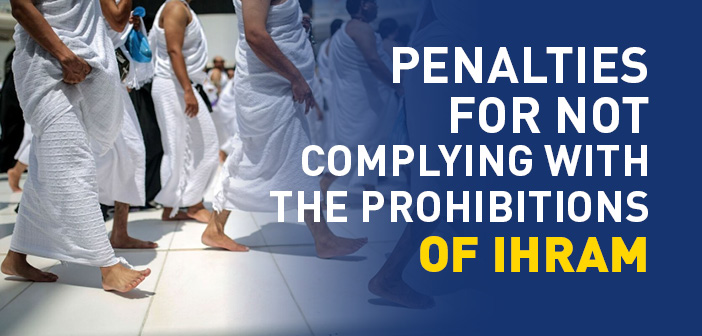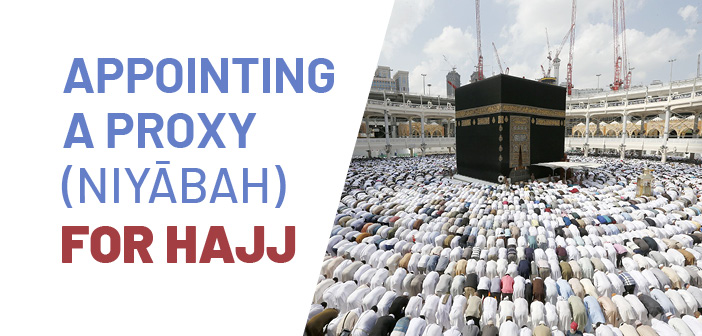
What is Tayammum? (Maliki)
What is tayammum in islam? What are tayammum steps?
Tayammum is the act of performing wudu’ with clean earth (clay or dust) by striking the earth with two hands and wiping the face and hands, when no water is available to make wudu’ or when the water available cannot be used for various reasons (such as danger to life or health).
Tayammum, which is an example of ease and relief in hard times, was practiced by Prophet Muhammad in his journey from Makka to Madinah during the 6th year of hijrah. In the same year, while travelling to carry out the ghazwa of Banu Mustalik, The prophet along with his army rested the night at a place. When they woke up to pray Fajr, they could not find any water. So Allah revealed the following verse to the Prophet:
"O you who believe!.. But if you are ill or on a journey or one of you comes from the place of relieving himself or you have contacted women and do not find water, then seek clean earth and wipe over your faces and hands with it. Allah does not intend to make difficulty for you, but He intends to purify you and complete His favor upon you that you may be grateful.”[1]
I. When is a person allowed to perform Tayammum
The conditions that allow a person to perform tayammum are divided into two groups:
- a) When water is either physically or legally non-existent,
- b) When the water cannot be used either physically or legally.
In terms of the above, a person in the following cases may perform tayammum:
- A person unable to find any or an adequate amount of water -within 2 miles- for wudu’ or ghusl.
- A person who is so weak that he or she cannot use the water for ablution,
- A person who fears getting ill or that his existing illness will intensify after using the water,
- A person who fears somebody or something else will die of thirst if he uses up the water for ablution,
- A person who fears for his life or belongings if he went to search for water,
- A person who fears the time of prayer being over until he or she uses water,
- A person who has found water but has no tool or means to obtain it.
II. Fards of Tayammum
- To make the intention,
- Whether it be sand, clay, soil or stone, the surface must be clean,
- First strike,
- Wiping the whole face and two hands,
- Not pausing in between,
- The time (for prayer) having entered,
- The prayer following the tayammum immediately.
III. Prerequisites of Tayammum
The prerequisites of tayammum are divided into three groups:
a) Prerequisites for Validity (Sihha):
1) Being Muslim,
2) No handicap being present on the limb that is wiped,
3) No nullifier of wudu’ (likewise tayammum) being present while performing tayammum
b) Prerequisites of Wujub:
1) Maturity (having reached purity),
2) Being able to perform tayammum,
3) Invalidation of the tayammum.
c) Wujub and Sihha:
1) Sanity,
2) Reaching the end of the menses or post-natal bleeding period,
3) Sand or earth to perform tayammum being available,
4) Not being in a state of unconsciousness or drowsiness,
5) Entering of the proper time (for prayer).
IV. The sunnah acts of Tayammum
The following are the sunnah acts of tayammum:
- Following the correct order of tayammum, thus wiping face before hands. If a person wipes face after hands –and has not performed any prayer yet with this tayammum- it is recommended that he performs tayammum again.
- Wiping hands (and arms) until the elbows.
- Striking the earth for a second time to wipe hands.
- Transferring the dust after striking to the appropriate limbs.
Striking is not obligatory, it is allowed to simply place hands on the earth slowly.
While performing tayammum, saying Bismillah and dhikr of Allah is recommended, so too is turning to the qiblah and avoiding frivolous talk.
V. Performing tayammum in the proper manner
When starting the tayammum, the intention is made with a Bismillah.
Striking the earth with palms and fingers wide apart.
Face is wiped from top to bottom with palms once.
Once again, earth is striked with hands.
Wipe from the top of the right hand until the wrists with the left hand. Then wipe the other side of the arm from elbow until wrist. Wipe the right hand’s thumb with the left hand’s thumb.
Do the same to the left arm with the right hand.
Then massage palms together until fingers.
Cross fingers between each other.
While performing tayammum, making sure that jewellery, watches and accessories are removed in order to perform tayammum properly is advised.
VI. Things that invalidate the Tayammum
Anything that nullifies one’s wudu is a nullifier of tayammum.
In addition to this, discovering water that is adequately available for wudu’ or ghusl, before having performed any prayer, being able to obtain this water and using it within a sufficient period of time, nullifies the tayammum that was performed earlier.
Discovering the availability of water during prayer invalidates the tayammum.
Pausing for a long time between the tayammum and prayer invalidates the tayammum.
VII. Some rulings regarding tayammum
Tayammum may only be performed for the purpose of praying only a fard prayer, a nawafil prayer (voluntary) or a voluntary prayer following a fard prayer.
A person who performs tayammum with the intention of praying a fard or nawafil prayer may also perform funeral prayer or another voluntary prayer, touch the Qur’an and read the Qur’an, he or she may also make tawaf around the Ka’bah and pray the tawaf prayer.
A person may not perform more than one fard prayer with the same tayammum. In such a case, only the first prayer will be considered valid.
For a person who has lost all hope in finding water, it is recommended that he or she does tayammum and prays early. A person who is in doubt whether water is available or not may perform tayammum in the middle of the time for prayer. A person who has hope of finding water is advised to perform tayammum at the end of the time for prayer.
A person who is unable to find neither water nor earth to perform tayammum is not required to offer the prayer at the proper time nor the qada (missed prayer).
[1] Surah Ma’idah: verse 6
Source: Fiqh1 (According To The Maliki School Of Islamic Law), Erkam Publications
The Contents of Fiqh as a Science (Maliki)
The Importance of The Science of Fiqh (Shafii)













